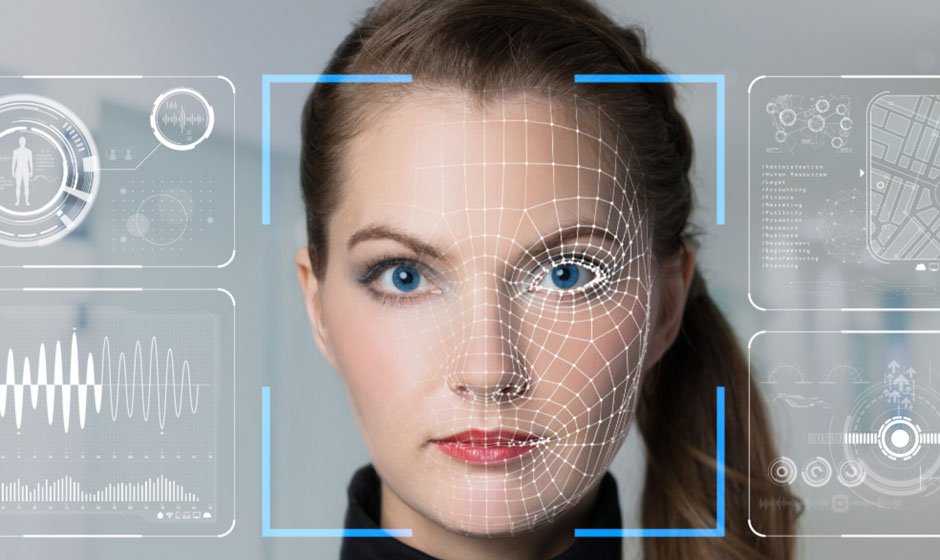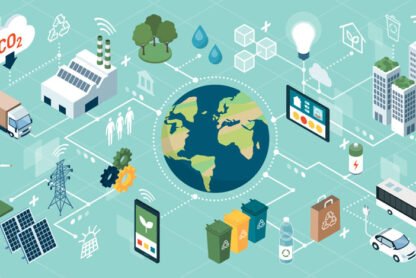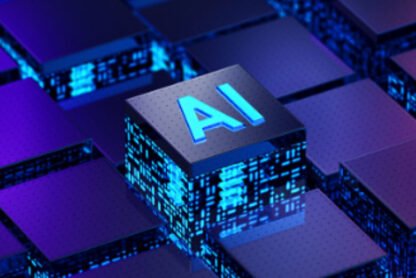Introduction to Face Recognition Technology
Face recognition technology has rapidly developed from a seemingly futuristic idea into something quite ubiquitous and central to our existence. This is the process of verifying or authenticating an individual based on his face. Such a biometric approach uses distinct anatomical features to determine if someone exists or to locate someone in a database.
Introduction to Face Recognition
Face recognition systems work by capturing, analyzing, and comparing patterns based on a person’s facial details. These systems make use of algorithms to virtually map out facial landmarks such as distances between the eyes, the shape of the nose, and the contours of the jawline. After those metrics are captured, the system converts the face to an easily comparable mathematical representation called a “faceprint” as compared against stored data.
Brief History and Evolution
Face recognition technology has its roots in the 1960s when pioneer researchers such as Woody Bledsoe and Helen Chan Wolf were already experimenting with face recognition programs. With the capacities of computing still in their basic stages, this work resulted in setting the foundations for modern facial recognition systems. Developments in machine learning, artificial intelligence (AI), and computer vision through the years have improved face recognition algorithms through accuracy and processing speed to become a powerful tool for industries across the world.
How Face Recognition Technology Works
The underlying technology that enables face recognition to take place rests in a pretty complex process, which is developed to identify, verify, and match a human face.
Major Components within Face Recognition Systems
A face recognition system consists of three principal components:
Face Detection: it is the process of spotting the location of the face in an image or video frame. Face detection detects and isolates the facial region from the background or other objects.
Face Capture: The system recovers the major facial features by either creating a 3D model or two-dimensional map. This process digitalizes the face.
Face Matching: The obtained facial features are converted to a digital code and then cross-checked with stored faceprints in a database. According to the scores of similarity, the system will either recognize or verify the person’s identity.
Algorithms and Machine Learning in Face Recognition
Algorithms of face recognition systems depend on the techniques applied in machine learning to improve precision for that system. There are many usages of CNNs in these systems as well. CNNs allow the model to learn from numerous images of a face contained in a massive dataset, increasing its ability to differentiate between facial differences: in expression, lighting conditions, angles, etc.
The system keeps improving with time as the more images it processes, the more perfect its face recognition ability becomes, even in challenging scenarios.
Main Applications of Face Recognition Technology
The accuracy and efficiency of face recognition technology have been applied to smooth various operations across numerous sectors.
Security and Surveillance
The most common use of face recognition is in security and surveillance. Governments and private institutions use them to monitor public spaces, airports, and high-security areas. This technology is networked with CCTV systems to detect people known to be criminals or suspects in real-time streams, thus enhancing the abilities of law enforcement agencie
Identification by Law Enforcement and Criminals
Face recognition alters the way police and law forces are operated. It helps track the identities of suspects by scanning the captured footage or images with criminal data. It also aids in the identification of missing persons, which introduces different capacities of investigation.
Banking and Financial Services
Face recognition technology is used in the finance sector to make transactions and authentications safe. For mobile banking applications and ATMs, for example, it has been an essential feature designed to give only authorized access to sensitive financial information or to perform transactions.
Retail and Customer Experience
Face recognition enhances the retail customer experience by delivering personalized services. Therefore, this will allow stores to recognize returning customers and offer special recommendations on their tastes and preferences. The use of face recognition in the retail industry will help to prevent theft by identifying shoplifters or any other suspicious behavior.
Healthcare and Identity Verification
With this, the technique has been used extensively in healthcare centers where it is currently applied to make patient registration more convenient and monitor the identities of the patients and staff. In such cases, face recognition reduces even some of the paperwork on patient registration and eliminates fraud, thus improving the efficiency of healthcare services.
Mobile Devices and Personal Use
Face recognition technology is no longer an afterthought as it is incorporated into the latest Smartphones and other consumer electronic devices. For instance, Apple’s Face ID uses 3D mapping to unlock phones as well as authenticate them securely. It now finds its way into the practices of consumers daily to unlock apps and effect mobile payments among other applications.
Face Recognition Recent Developments
With the changing face of AI and machine learning, face recognition technology has improved leaps and bounds in terms of performance and precision.
Integration of AI with Deep Learning
Recent advancements in deep learning have enormously expanded the processing and analysis capabilities of face recognition systems through large quantities of facial data. In this system, neural network learning enables the detection of subtle features of facial features at different times, which makes this technology remarkably strong and reliable enough even under adverse lighting and extreme angles.
3D Face Recognition Systems
In the past, face recognition systems relied on 2D images, which were easily susceptible to angle or lightning variations. Face recognition through a 3D image captures the three-dimensional contours of a face and thus is much more robust to such variations. With higher precision in recognition, there is a lesser possibility of spoofing.
Real-Time Face Recognition
Real-time identity verification has become increasingly popular, as highly secured areas like airports and public events have come to rely on it. Processes have improved and algorithms have gotten faster; hence, it is now within systems’ capabilities to scan live video streams with faces in a matter of seconds.
Emotion and Expression Analysis
Newer systems integrate emotion detection, making it interpret facial expressions apart from just recognizing faces. This helps in application fields such as in customer service where one understands an individual’s emotions, and a company would be at a better position to respond to the needs.









